5 Different Types Of Roofing
What is one of, if not the, most critical feature of a house? Of course, the roof! Your roof is essential because it protects everything beneath it from the elements. Your roof not only saves you but can also add style to your home.
You may believe that there is only one type of roof, but there are numerous styles and grades of each. It may be challenging to understand what various roofs are, what different roof designs and shapes entail, and what roofing materials are best for your house. Several options are available based on the form of the roof, the look you like, and the budget you have. Let’s take a look at five different types of roofs for your house.
Table of Contents
Gable roof
The triangle-shaped where the two pitched areas of the roof intersect is referred to as a gable. Since the form is not complicated, these styles of roofs may be relatively inexpensive and easy to build. In reality, the regular or straightforward gable roof is the foundation for most other pitched roof styles.
Because of their adaptability, gable roofs are even more cost-effective. Standing seam or metal roofing tiles, on the other hand, could be a safer option if the top is more intricate (e.g., crossed gables, Dutch roofs, or front gables) and incorporates hips and valleys, so they are more likely to be leak-proof.
Besides, if you reside in a snowy place, a gabled roof with a 10/12 or 40-degree pitch angle is recommended.
Another explanation for gable roofing is that the triangular form causes snow, fog, and ice to fall right off, which is advantageous in most climates. The form also provides for attic storage or extra living room under the roof and vaulted ceilings.
One point to keep in mind is that gable roofs will not be appropriate in places prone to high winds or along some of the more frequent hurricane paths. This is because the overhanging eaves on a gable roof may be damaged by wind or rain.
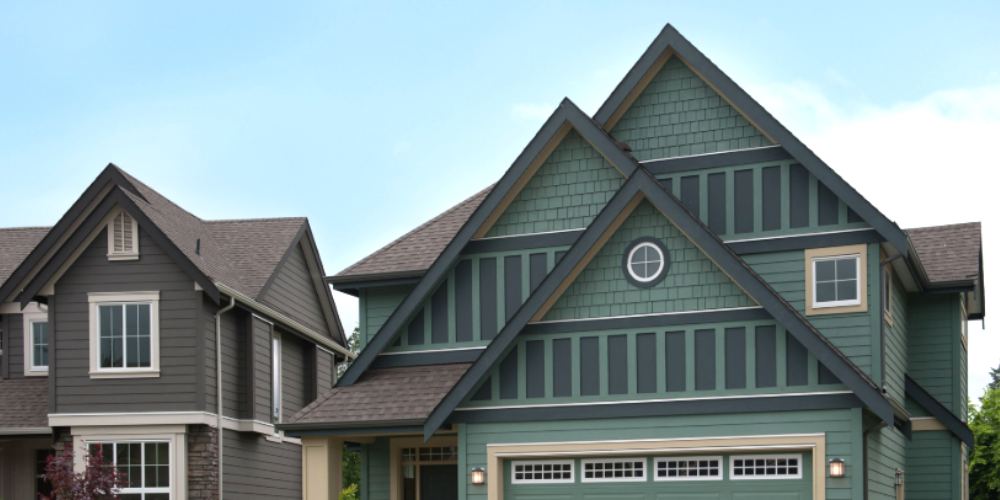
Mansard Roof
This specific roof design is French. It consists of four hills, two on either side of the building. The lower slope is shorter than the slope above it. Furthermore, the upper slope is sometimes noticeable from the bottom. The biggest advantage of this style of roof is the extra storage room it provides and the prospect of more living space at the top of the building. This roofing option is one-of-a-kind but functional.
Mansard roofs are also used to bring flexibility to a house or big shops like bakeries so that they can install additional extensions. They are valued for the extra living room – referred to as a garret or loft – or attic storage offered by the higher roof. The sloped sides may be smooth or inclined, but the lower slope is often steeper than the upper one.
Because of all the extra features that go into them, mansard roofs are usually more costly than other styles of roofs, but they can be worth it for the potential flexibility and value they bring to a home.
These roofs may be constructed from almost any roofing content, but recognisable metals such as copper or zinc may create a fundamental point. As an added benefit, although these products can be more expensive upfront, they can bring considerable value to your home.
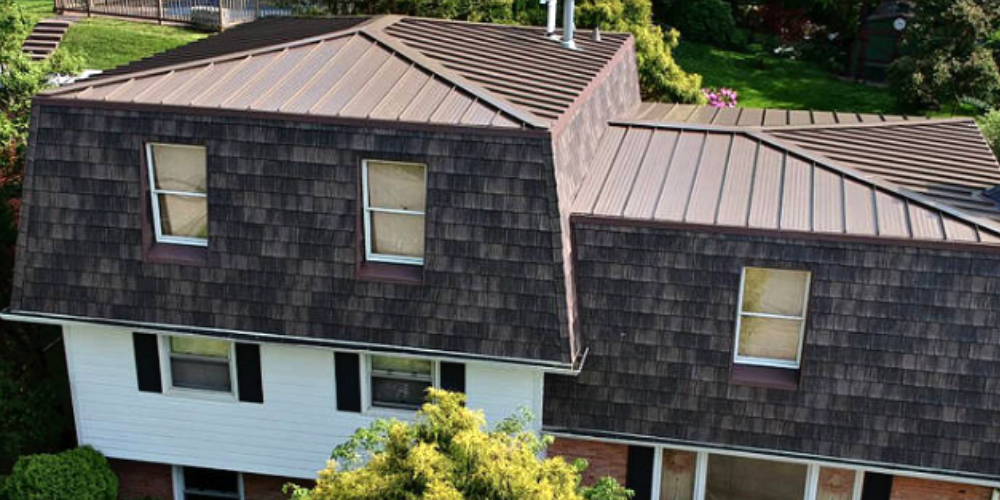
Saltbox Roofs
Many that are obsessed with aesthetics choose the Saltbox roof. Its distinct theme provides viewers with some lovely eye candy. It has a long pitch, asymmetrical dimensions on all ends, and two sides of contrasting long/short lengths. Saltbox roofs are typically seen on homes with a single floor on one side and two floors on the other. The saltbox style is more wind resistant than a traditional gable house.
Aside from the expanded living and storage room, a saltbox roof has several advantages. For example, the slope makes for quick water drainage during snow and heavy rains. To build a saltbox roof, you can use the most common roofing materials such as asphalt shingles, metal shingles, wooden or cedar shingles or shakes, slate, or composite shingles.
Keep in mind that the living area under this form of the roof can have slanted ceilings that will be less spacious than the space provided by other types of roof.
Furthermore, bear in mind that because of the difficulty of installing a saltbox roof, it might be more costly than a simplistic gable or hip roof – but the increased benefit to your property might be worth it in the long run.
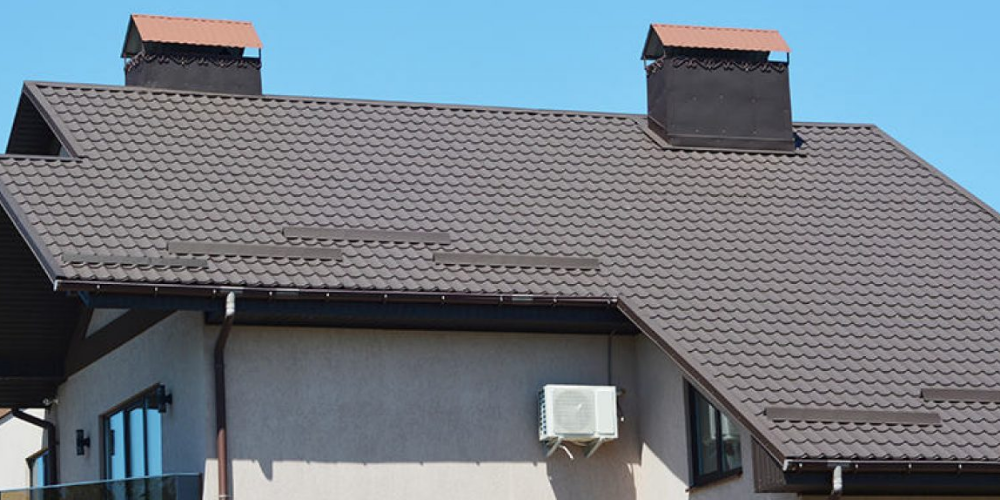
Hip Roof
Hip Roof slopes on all four sides are similar in length and join at the peak to create a ridge. Because of the inner slope of all four directions, these roofs are more robust than some. They do well in places that experience strong winds regularly. A dormer or crow’s nest may also be added to expand the living room.
This variation allows hip roofs much more suitable for snowy and frozen conditions, as the slopes cause precipitation to run off the roof quickly.
Hip roofs also feature architectural features such as front gables to display a deck or entryway and dormers or crow’s nests to provide additional storage or living room under the house. They may be made of the most popular roofing materials, such as asphalt shingles, standing seam metal or metal tiles, clay or concrete tiles, and so on.
After all, hip roof framing and overall builds necessitate more materials and skills to instal, but the end result is more stability, storage, and living room under the roof. Of course, routine care, checks, and repairs are expected to maintain your hip roof in good working order.
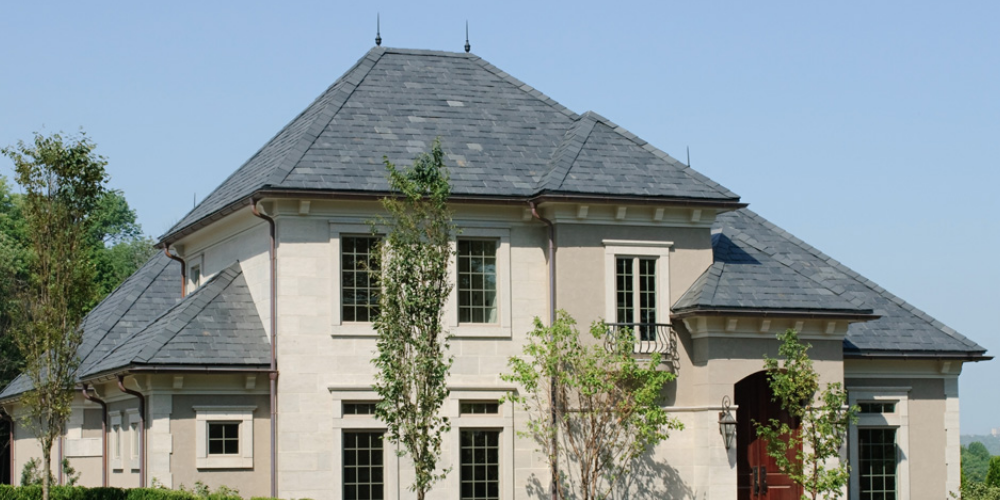
The Butterfly Roof
The butterfly roof is built in a V-shape from two tandem sections that are pointed up on the outside. This creates a valley in the middle of the roof that is bent downward. This gives it the appearance of a butterfly in flight extending its wings. This is a contemporary, environmentally sustainable roof that is traditional in tropical home designs.
The upper slopes of the exterior edges provide more expansive windows to be used, providing more natural light to the interior. Since it is more difficult to control the temperature inside the building, the wide windows and open nature of a butterfly roof can increase your heating and cooling costs. This will help you save money on your energy costs during the winter.
A drain spout and water barrel may both be used to store water in the valley. This is perfect for regions that see regular droughts. The disadvantage of this eco-friendly design is that it is more costly at the beginning. When used in locations with a lot of sunlight in conjunction with solar panels, you can cover these costs over time.
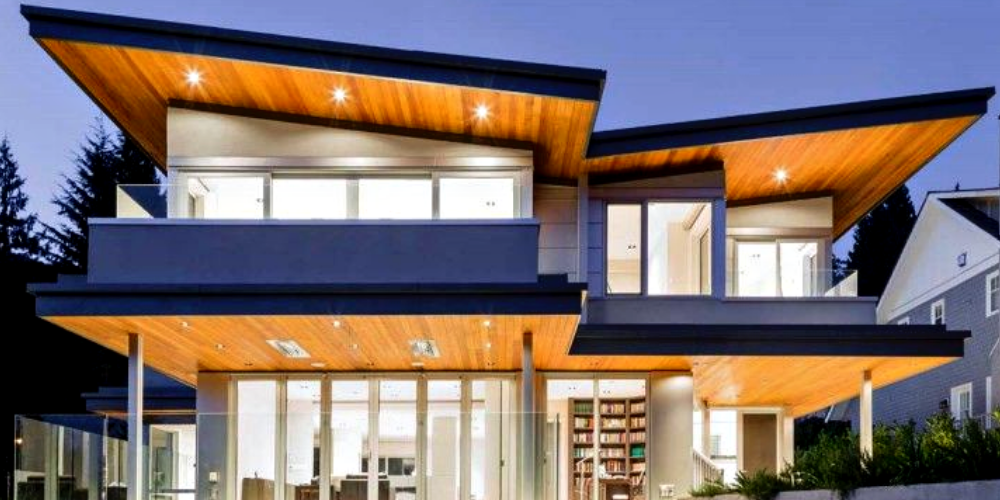
Conclusion
Regardless of which roofing material you have, you will require repair or replacement during the course of ownership. Planning ahead of time and using the correct roofing material is essential to preserving and maintaining your roof during major weather-related and natural disasters.
Understanding what kinds of houses are commonly found in your climate, architectural style, and architectural preference will be helpful. This will give you the most benefit when it comes to building, doing from scratch, or implementing new construction.
